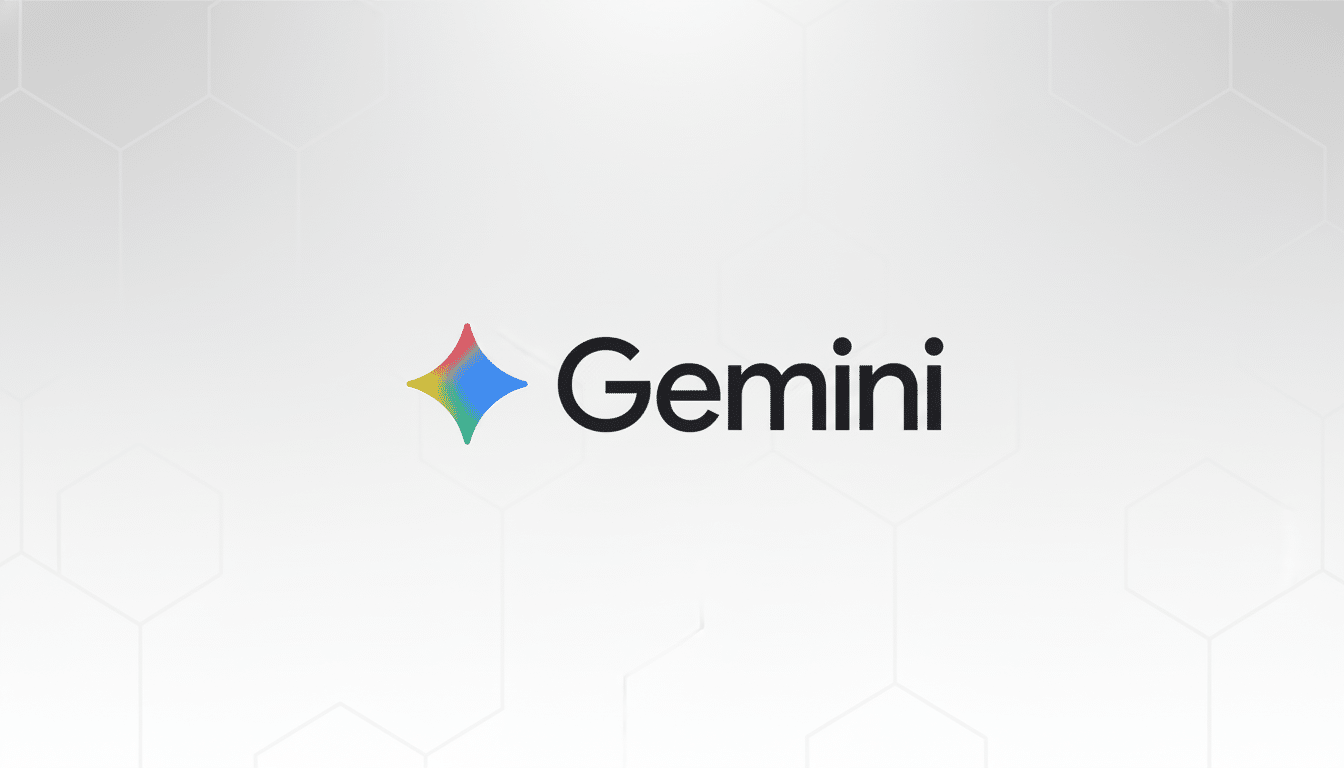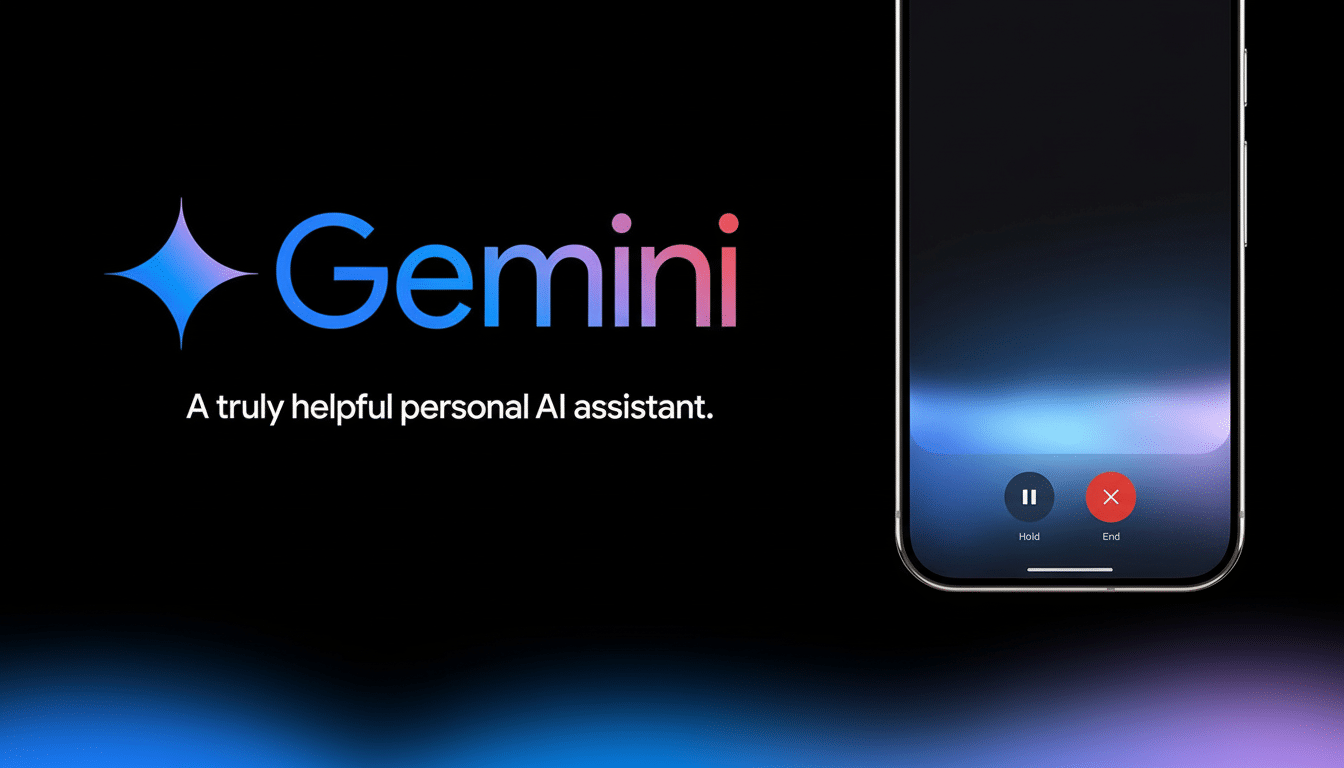Google is reportedly testing a feature that would allow your TV to create brief, custom-made clips on the fly. Citations found in recent Android TV app code are referring to an experiment with the codename “Sparkify” that apparently combines Gemini and Veo’s video model to generate animated clips based on questions. Think: tell the TV to “explain phases of the moon for a 10‑year‑old,” and receive a specially tailored explainer that’s immediately available.
How this AI video feature might look on your TV
The experience probably leans toward voice. Using the remote, you would articulate what you’re after — topic, tone and length — and then the system would parse with Gemini before synthesizing a quick video via Veo. Strings of code indicate “Options to refine results for comprehension”, such as char‑based narratives, step-by-step visuals and quick review. Anticipate basic controls: regenerate, tweak difficulty, save to a profile or add follow-up questions that produce new clips.
- How this AI video feature might look on your TV
- Inside Sparkify and Veo, the AI behind generated clips
- Why this AI video experiment could matter for families
- Safety and parental controls will be key for rollout
- For now, availability and testing are still limited
- The bigger picture for living room AI and TV platforms

Inside Sparkify and Veo, the AI behind generated clips
Sparkify is a tool previewed at a recent developer showcase that is aimed at kids but could easily be used by adults seeking an overview of topics like home repair or basics of finance. Under the hood, Gemini reads the intent and structure of the prompt, while Veo writes the visuals — animated sequences that are faster to render on the fly than photoreal scenes. Rendering would happen almost certainly in the cloud, given the computational burden and you’d expect a turnaround time between seconds to maybe a minute for a full clip.
This is a construction that emphasizes the TV’s strengths: big‑screen clarity and lean‑back comfort. It also addresses one of the long-standing points of friction in the living room, which is typing on a remote control with natural language being turned into video without first needing to go through search results or long‑form tutorials.
Why this AI video experiment could matter for families
Visual learning and understanding can be a force multiplier. Common Sense Media has found that video is a primary media type for children, with even educators affirming the value of brief, focused footage as tools to help learners understand challenging material. If a TV can produce a 60‑second cartoon about photosynthesis, then follow it up with a rapid-fire comprehension quiz, it could be useful in homework sessions or homeschool schedules. The living room is also still the most-shared screen in the home, so adult supervision can be easier than on personal devices.

Safety and parental controls will be key for rollout
Any AI‑generated video targeting children raises guardrail concerns as well. Count on deep integration with existing parental controls and content ratings, probably be safely embedded in Family Link profiles and watch restrictions. Age-appropriate filtering, blacklisted topics and visibility into prompts should be table stakes. When it comes to authenticity, efforts in the industry to label AI‑generated creative through watermarking and metadata labeling (for example, this Google initiative called SynthID) could be applied to these short clips as well.
For now, availability and testing are still limited
Gemini is already available on some Google TV models, with a wider deployment to come soon. It seems like Sparkify is at an even earlier stage, with experimental flags and whatnot popping up before any kind of public switch has been thrown. Which is to say the features, performance and scope can change rapidly. If and when testing does widen, watch out for clear opt‑in buttons, per‑profile settings, and comments about data use—if prompts or clips created as a result can inform recommendations.
The bigger picture for living room AI and TV platforms
The TV is emerging as a promptable surface. While streaming in-home time has increased — Nielsen’s The Gauge continues to report streaming accounting for well over a third of TV usage in the U.S. — platforms are competing to build even more intelligence beyond search and voice control. Rivals are already testing A.I. summaries, improved discovery and context‑aware recommendations. On‑demand, AI‑generated video can be understood as the latest development in this process: a further great blurring of the boundary between finding content and creating it to order.
What to watch next: how cloud rendering capacity and wait times are conveyed, quality controls for factual accuracy, and integration of manually created clips with existing libraries. If Sparkify arrives as teased, then your next short history lesson or demonstration video may be something no one ever bothered to record — but if you wanted it, there it is on the biggest screen in the house.

